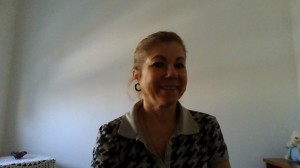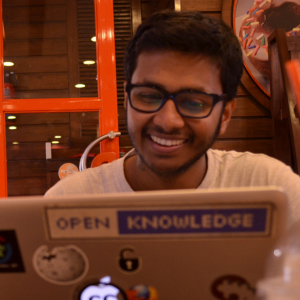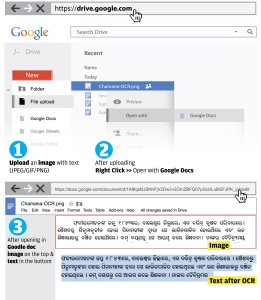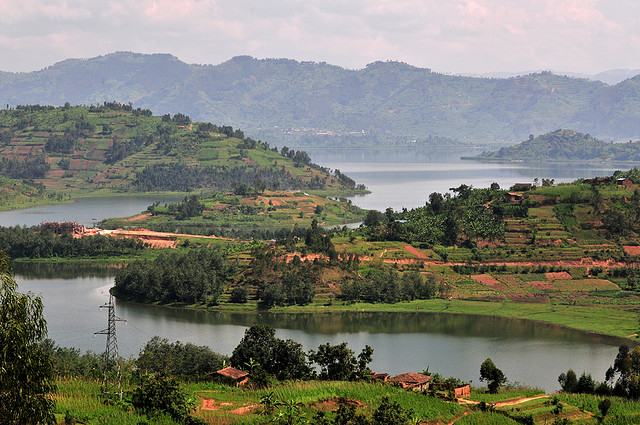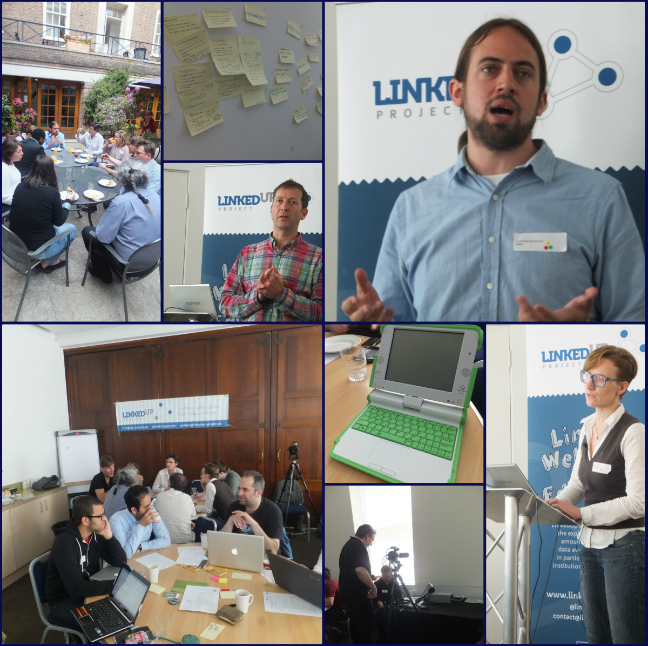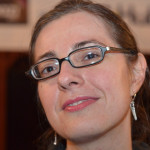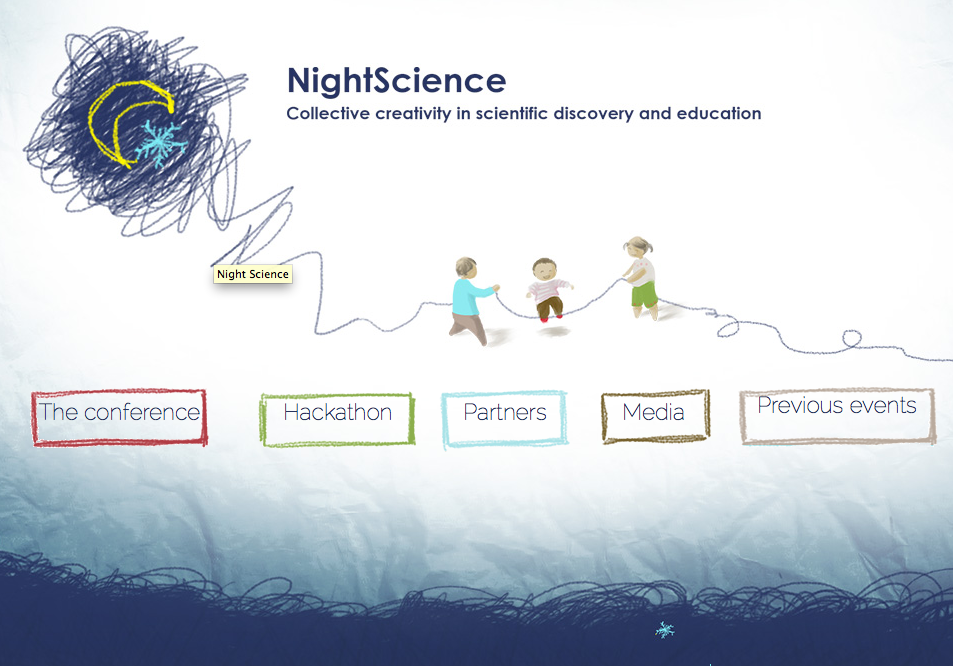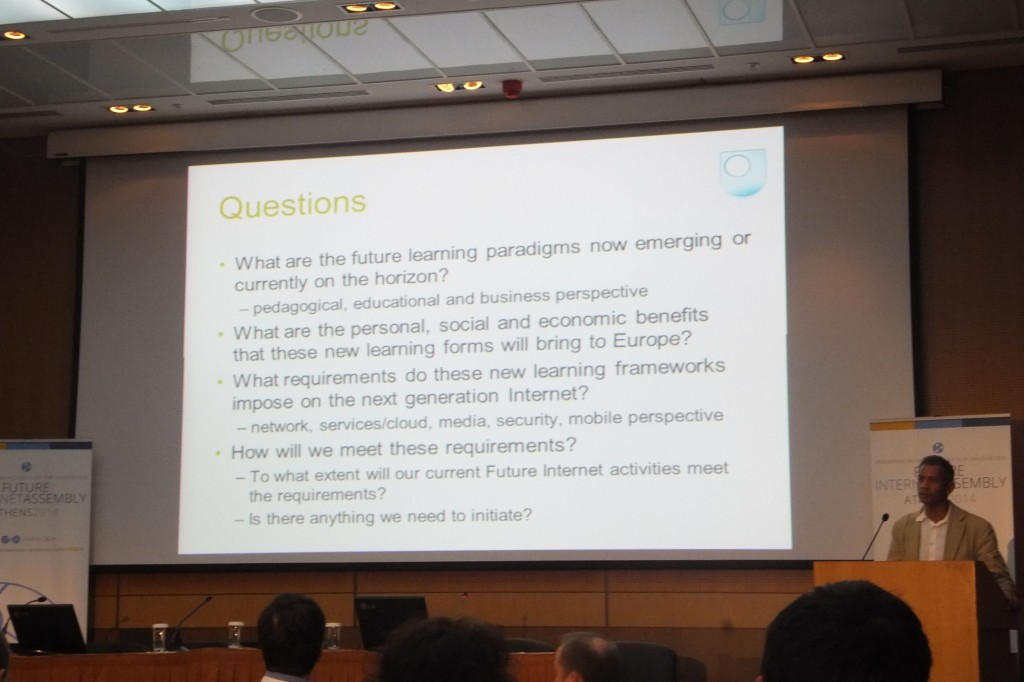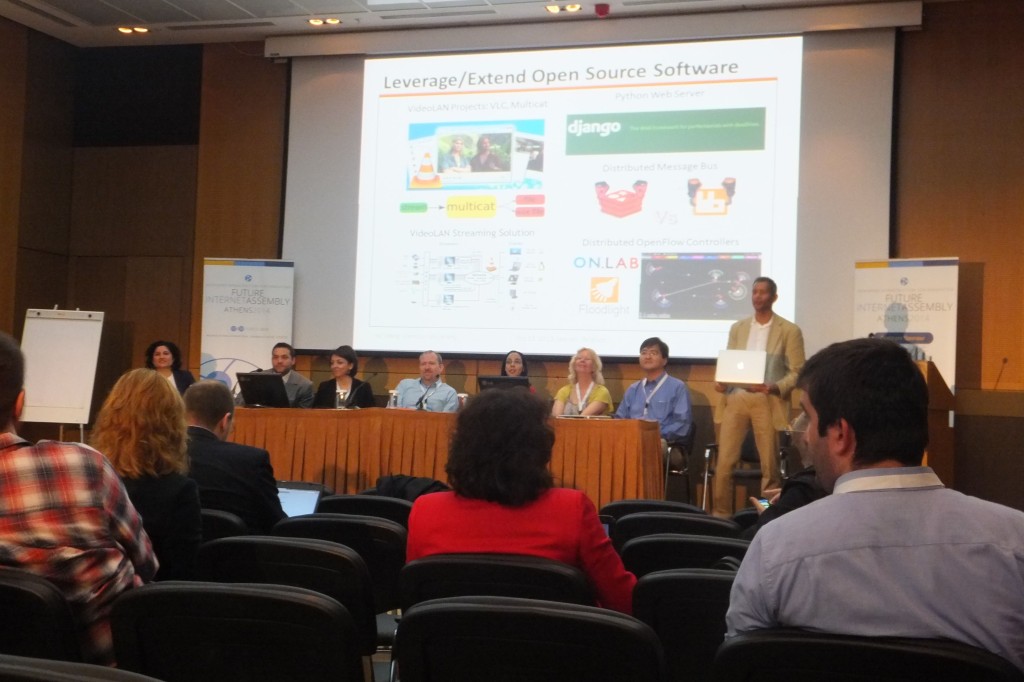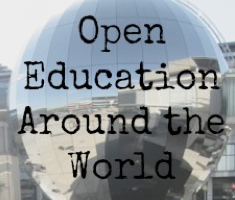 This blog post [written by Bernard Nkuyubwatsi who has posted on Open Education Rwanda] was catalysed by the discussion undertaken by the Open Education Working Group online community under the thread How can Open Education help children in Syria?. In this discussion, a link to a TED talk on how a basic cell phone that has a superb battery serves as a radio, a smart card and a torch was shared. Good practices of the South African Siyavula initiative were also outlined. Megan Beckett from Siyavula has also written a blog post inspired by the discussion entitled Distributing OER in the developing world.
This blog post [written by Bernard Nkuyubwatsi who has posted on Open Education Rwanda] was catalysed by the discussion undertaken by the Open Education Working Group online community under the thread How can Open Education help children in Syria?. In this discussion, a link to a TED talk on how a basic cell phone that has a superb battery serves as a radio, a smart card and a torch was shared. Good practices of the South African Siyavula initiative were also outlined. Megan Beckett from Siyavula has also written a blog post inspired by the discussion entitled Distributing OER in the developing world.
To bring in the aspect of social inclusion of learners who are hungry of education in developing settings, I would like to share a personal account of a multidimensional migration for my own social inclusion. This migration enabled different types of transformation: educational, modes of learning, technologies/media, learning location, profession, etc.
The dawn of higher education dream
My secondary education in a developing country was interrupted by one of the most horrible conflict the world ever experienced. After a relative stability was established, I was able to resume and completed my secondary education as a primary teacher trainee. With the domination of the native language and French as languages used in education, we skipped learning English for some semesters because teachers who could teach this language were hard to find in the country at the time. In addition, this language was not yet introduced in the country’s primary education system except for very few schools which were established for social inclusion of student who had repatriated from countries where English was the language used in education. School leaders had no concerns about the lack of English language teachers for teacher-trainees who were not expected to use this language in their future profession.
During my secondary education, I had never thought of undertaking undergraduate education because I was not connected to any influential figure who could safeguard my place at a higher education institution. This is how the system had been built, and this had previously been the same for access to secondary education until a few years before my completion of primary education.
A life changing enabler
The trigger has been major reforms undertaken by the post conflict government. One year after my graduation from secondary education a National Examination Centre was established with four major effects:
- Only national exams contributed to the award of secondary education certificate.
-
All students had to take English among the national exams.
- Non-formal learners could enrol to take the national exams and the learning accomplishment of those who passed the exams was recognised and certified based on the same standards as formal students.
- The results from the national exams were the only benchmark for university admission and eligibility for students’ loan.
The impact of openness
Since the national exams were open to non-formal learners and results were publicly released, many people who had not been admitted at university were now motivated to learn and take the national exams to compete for university education. I understand that public release of the results in the national exams constitute an ethical issue in many western societies (privacy issue), but it was a very effective nepotism and bribery fighter and a strong enabler of a transparent social inclusion in the country’s higher education system. Social exclusion had been at the heart of the conflict that had claimed lives of more than a million of innocent people. It made sense for the post conflict government to include more people in the mainstream higher education on merit basis. The impact of this reform was more access to higher education for learners from low income families across the country because the system treated all learners equally, based on their performance.
Similar to the national exam results, the cut-point for university admission and student loan award was publicly announced on the national radio (the only broadcast in the country at the time). It is thanks to this relatively open and inclusive system that I started my engagement in self-guided learning. I was self-confident that if my results in the national exams were good, no one would unfairly take my place.
Reaping up benefits from openness
To prepare national exams, I re-learned all courses for which I had to take the national exams. I had to borrow hand-written notes from colleagues and compare with mine and transcribe by hand what I missed. Access to official syllabi was only the prerogative of secondary education teachers and most non-formal learners depended on notes from their previous teachers or colleagues, but they were not sure if everything on the syllabi had been covered in the notes they possessed. More importantly, I learned English which was being strengthened in the country and had recently been introduced in the national exams via self-guided readings and foreign radios (BBC and VOA were broadcasting on FM). My district had no access to electricity. From then on, remarkable efforts were made to expand access to electricity, but so far, only about 15% of the population have access to electricity. Neither had I access to a cell phone which was still a toy for the rich class. But I had a radio, which turned to be the most powerful technology in my educational migration. English, which I had learned mostly on the two foreign radio channels, was the only national exam in which I scored a perfect (A) grade. Overall, my Grade Point Average (GPA) was above the cut point for eligibility and student loan.
Barriers still stand on the way
Despite a satisfactory performance in the national exams, students were now automatically included in the higher education system. The government had already started to feel pressure caused by the increase of the number of students who had been included in the mainstream public higher education and were awarded student loans. There was an attempt to give up on a merit-based admission and student loan award for higher education. The intention was to stop admission and student loans for all people who had been trained to be primary teachers, nurses and other secondary education options which were called professional options. This delayed my admission and student loan award for a year because I was a teacher-trainee. The original justification was that people who completed such options were not well prepared for higher education and they could fail. But this justification was publicly dismissed as a fallacy. Then, a new decision was made to admit people who had completed the so-called professional options after two years in a job. I had already been teaching for three year but my applications were rejected. I was told that two years are counted from the time I got the new results from the national exams which made me eligible for admission in public higher education and student loan. After two years in ambiguity and contestation, the cut off point was made high and people who had scored above this raised cut off point were admitted. Luckily, I was one of the few, who were admitted and this is how I was included in the higher education system.
An intensive and multidimensional migration
After my undergraduate education, I was hired to teach in higher education and this marks my migration into digital technologies and online education. It sounds strange how one can teach in higher education with a bachelor’s degree, but this at least reveals the imbalance in terms of access to quality higher education globally. We were called tutorial assistants and all people in the centre in which I was appointed in were bachelor’s degree holders. We had a professor (the only professor and PhD holder in the entire institution at the time) and we rarely saw him because he had to provide support in other aspects of the institutional administration. I applied for awards for post graduate education which enabled me to learn with American and British universities. The fact that I had no access to the Internet and mobile phone during most of my previous education did not seem to have significant impact on my success in post graduate education. One year after my undergraduate graduation, I started my first postgraduate degree course which was completely online. My digital literacies and linguistic abilities were lower than my British counterparts’, but I compensated those deficiencies with more time commitment. Instead of 15 hours recommended per week, I ensured I invested 20-25 hours a week, and it worked.
Major challenges were rather linked to internet access difficulties and cultural inclusiveness issues. The Internet in the campus I was appointed in collapsed when I was taking my second module and this is the only place people could accessed the Internet in the city. On weekends, I had to take a three hour bus trip to the capital city where I could access the Internet in cyber cafés. While in a cyber café, I download or copied and pasted in Microsoft word files all weekly materials so that I could read them offline during the working days. After downloading the materials, I contributed to the forum discussion which was also required. Some video and audio materials could not be downloaded and used offline. I had to watch and listen to them on weekend when I was in a cyber café. This difficulty is what motivated me to seek a full time opportunity in a country where the Internet access is not an issue. This is what led to my physical migration to the USA after one year of a highly intense competition. On a cultural inclusiveness issue, class discussion could, for instance, base on a TV show with an assumption that everyone watches or had watched that show. Initially, this led to my self-blaming, thinking that I had missed a lot in my previous education, because I could not find a niche in which my contribution could be relevant to the topic under discussion. I spent hours trying to figure out where what was discussed in the class was located in the required and recommended readings but in vein. When I asked my classmates where what they were discussing was in the readings, that is when the Aha! moment occurred. ‘Haven’t you watched Sesame Street?’, that was their question with a wide surprise. “What is Sesame Street?”, my question, of course. After learning about the Sesame Street TV show, I realised that there was no reason for self-blaming.
In my digital migration that started only about seven years ago, I had to prioritise and skip some technologies. TV and landline phones were not included on my technology menu because they did not contribute directly to my educational and professional advancement. Despite a late migration into digital technologies, I am now very confident of what I have been able to learn. I migrated across education attainment levels, geographical locations, cultural perspectives and professional levels. In a period of only about twelve years, I was able to migrate from a self-guided learner who used hand written material through learning from radio to an online learner. I also migrated from a primary education teacher through secondary education teaching to being an academic, and more importantly, an etutor now. Equally importantly, I have been learning with institutions from all over the world, located on all the five continents, mainly thanks to online learning. It has been a cross-cultural educational, professional and socio-economic migration. I feel it is a ripe moment to support initiatives that are concerned by social inclusion and contribute to opening up education to learners who are eager to undertake a similar migration, regardless of the types of technologies they currently have access to. The job is now much easier since the content and even courses have been made open and more technologies have been made available at affordable prices. It is very important to take a human-centred approach rather than a techno-centric approach if social inclusion is at the heart of open education.
I hope this long blog post will provide some insight to providing a pathway for social inclusion of the Syrian learners and other learners in developing settings and across the world.
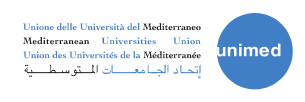
 Open Education Working Group
Open Education Working Group 